Test Amit sep
Drinking Water Quality and Human Health: Everyone needs to know

The quality of drinking water plays a significant role in maintaining good health. Drinking water quality and suitability can be established by its color, taste, odor, and concentration of dissolved organic and inorganic matters.
Analysis of pH, conductivity, turbidity, total dissolved solids (TDS), total suspended solids (TSS), total organic carbon (TOC), and heavy metals content such as As, Hg, Cu, Zn, Mg, Fe, Cd, Pb, Cr and Sn in drinking water are needed to know the quality and suitability of drinking water.
The quality of drinking water plays a significant role in maintaining good health. Drinking water quality and suitability can be established by its color, taste, odor, and concentration of dissolved organic and inorganic matters.
Analysis of pH, conductivity, turbidity, total dissolved solids (TDS), total suspended solids (TSS), total organic carbon (TOC), and heavy metals content such as Arsenic (As), Mercury (Hg), Copper (Cu), Zinc (Zn), Magnesium (Mg), Iron (Fe), Cadmium (Cd), Lead (Pb), Chromium (Cr) and Tin (Sn) in drinking water are needed to know the quality and suitability of drinking water.
Statistics:
More than 780 million population do not have safe and clean drinking water hence suffering from water-borne diseases, resulting in 6 – 8 million people dying yearly.
The inorganic chemicals pose a greater threat in comparison to organic chemical contamination. Heavy metals such as Lead (Pb), Mercury (Hg), Arsenic (As), Magnesium (Mg), Nickel (Ni), Copper (Cu), Chromium (Cr), and Zinc (Zn) pose a significant risk to cause health problems as heavy metals get accumulate in human organs and hamper normal functions and growth.
Cardiovascular diseases, neurodegenerative diseases, kidney-related problems, and cancer are linked to the traces of heavy metals such as chromium (Cr) and cadmium (Cd). In addition, lead (Pb) is known to hamper the physical and mental growth of infants. At the same time, arsenic (As) and mercury (Hg) can cause cancer and severe skin-related damage along with kidney and liver damage.
The presence of radioactive elements like uranium (U) in the groundwater causes high chemical toxicity and lethal effects on the human skeleton and kidneys.
Microbial infection
The risk from microbes is connected with the consumption of drinking water that is infected with human and animal excretions and causes Diarrhea.
Water quality parameters
Turbidity
Turbidity is the measurement of light's ability to pass through water. Turbidity is caused by suspended material such as clay, silt, organic material, plankton, and other particulate materials in water.
5 NTU Turbidity can be visible to the average person, while turbidity in muddy water may exceed 100 NTU. However, groundwater typically has very low turbidity because of the natural filtration that happens by soil.
Color and odor
Organic/inorganic matter dissolved in water imparts color to water. The taste and odor of water can be caused by foreign matter such as organic materials, inorganic compounds, or dissolved gases.
Drinking Water TDS
Solids are present in water in solution or in suspension form. Calcium and magnesium are accountable for water hardness, scale formation, and staining.
The TDS level helps to suggest whether the drinking water is suitable for consumption or requires filtration. Parts per million (PPM) is used for measuring TDS levels in the water.
TDS Level Chart for Drinking Water
| TDS in water (measured in PPM) | Suitability for Drinking Water |
| Between 50-150 | Excellent for drinking |
| 150-250 | Good |
| 250-300 | Fair |
| 300-500 | Poor, not good for drinking |
| Above 1200 | Unacceptable |
The standard method to make clean water
- Boiling of water: Boiling of water is an effective way of killing bacteria, viruses, and protozoa. If boiling water is not possible, chemical disinfection is an effective way to clean water.
- Chlorine or/iodine-based compounds are most commonly used for disinfection of drinking. Chlorination or iodination followed by activated carbon (charcoal) filter may be applied to remove excess taste/odor.
The use of iodine is not advised for long-term use
- by pregnant women and infants
- those with a history of thyroid disease
The use of Silver is sometimes encouraged as a disinfectant. It is not suggested as its efficacy is uncertain, and it requires a long contact duration.
| Method use | Recommendation | Observations |
| Boiling of Water | Bring water to boil and allow to cool |
|
Use of Chlorine compounds: For typical room temperature and water temperature of 25°C and minimum contact time should be 30 minutes. Increase contact time for colder water (double time for each 10 °C less than 25 °C).
| Sodium hypochlorite | Household bleach (5%) 4 drops per liter |
|
| Sodium dichloroisocyanurate tablet | per package directions |
|
| Calcium hypochlorite | (1% stock solution) 4 drops per liter |
|
| Flocculant-chlorine tablet or sachet | per package directions |
|
Iodine Method: Water temperature of 25 °C required minimum contact for 30 min, increase contact time for colder water. Prepare according to package instructions
Caution: Not recommended for pregnant women, people suffering from thyroid problems or infants.
- It kills most of the pathogens
- Longer contact time needed to kill Giardia cysts
- Not effective method against Cryptosporidium
| Tincture of iodine (2% solution) | 5 drops per liter |
| Iodine (10% solution) | 8 drops per liter |
| Iodine tablet | 1 or 2 tablets per liter |
| Iodinated (triiodide or pentaiodide) resin | Iodinated (triiodide or pentaiodide) |
Portable filtering devices:
Pore size efficiencies for different pathogens (viruses, bacteria, and protozoa), and filter media pore size, must be rated at 1 µm. Water must be clear to avoid clogging of pores, and it is recommended before disinfection with chlorine or iodine if water is not boiled.
| Ceramic filters |
|
|
|
|
|
How would you rate this Article ?
Press the number of stars to rate this Magazine.
4.5 Author Points.
Based on 20 Magazines written by this author.
No Magazine Ratings yet










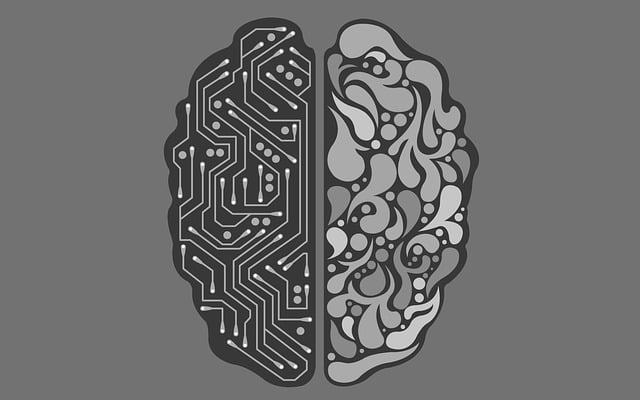



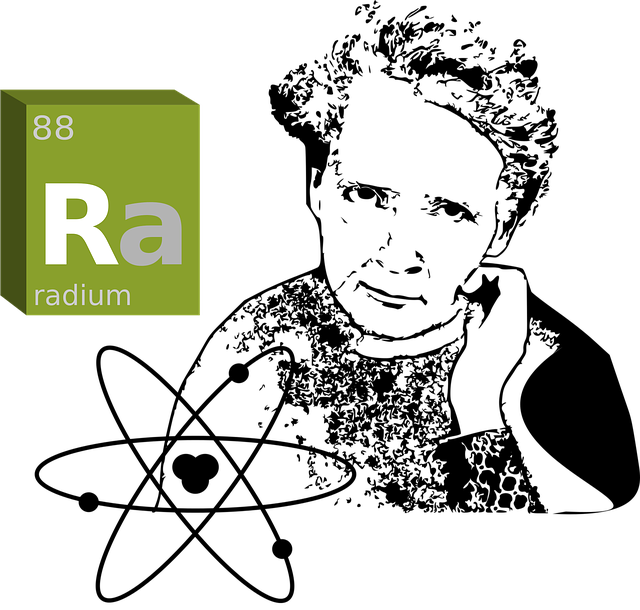




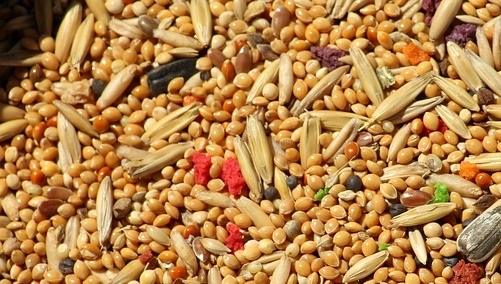





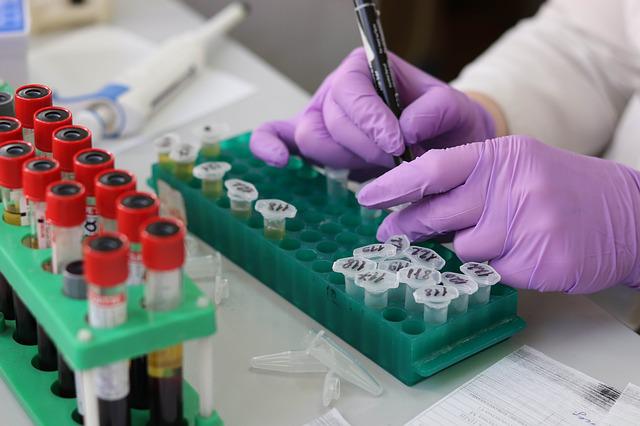
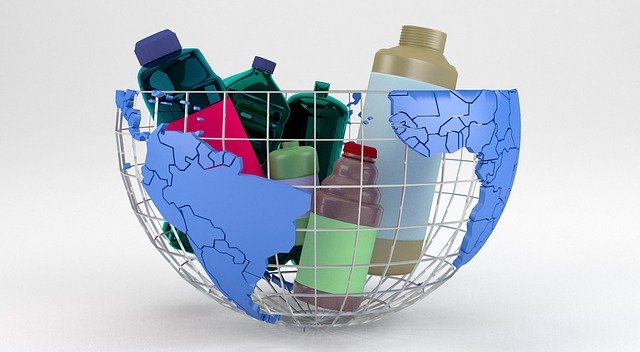








Please Sign In or Sign Up to leave a Comment.